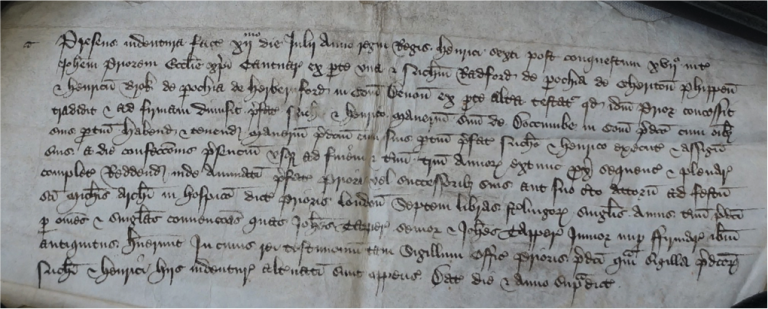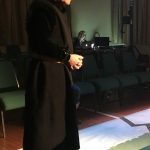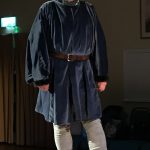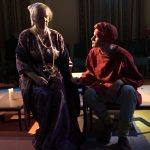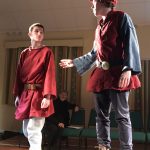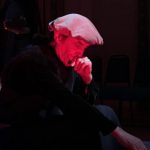RADFORD’S MANAGEMENT OF DOCCOMBE MANOR
Doccombe manor in the parish of Moretonhampstead was owned by the Prior and Chapter of Christ Church Canterbury (a Bendictine monastery within Canterbury Cathedral) after it was granted to them in 1172 or 1173 by William de Tracy in atonement for his part in the murder of Archbishop Thomas Becket in the cathedral in 1170. There were considerable logistical problems in the ownership of ‘our far flung poor little manor in Devonshire’ from 250 miles away [and] finding reliable and honest stewards who were not too harsh and not too soft ‘on our poor little tenants’ proved difficult. They also had to be strong to resist the attempts of the Courtenays, lords of Moretonhampstead manor, in disputes such as a turf wars over Mardon Common and the Teign Valley woods. in July 1439 he appointed Nicholas Radford and Henry Brok to run Doccombe manor for the priory.
